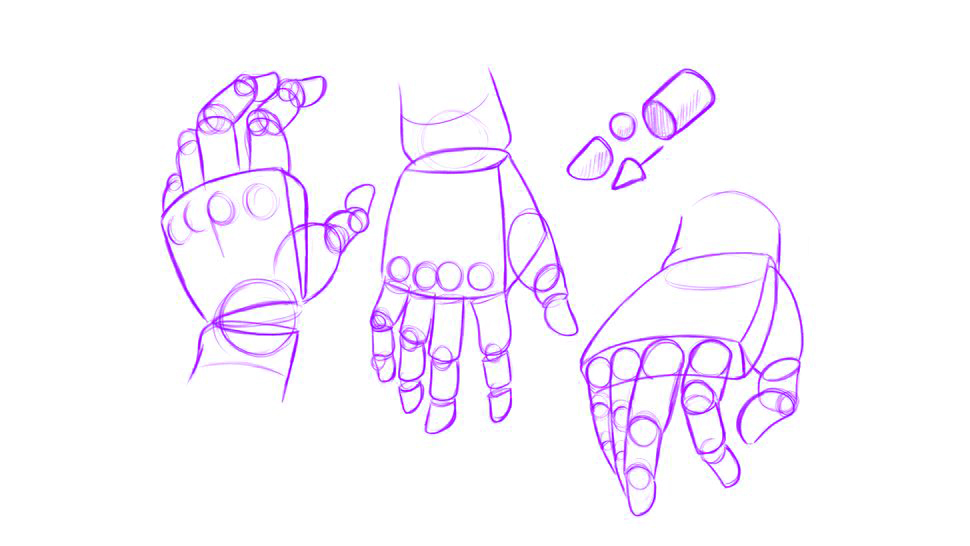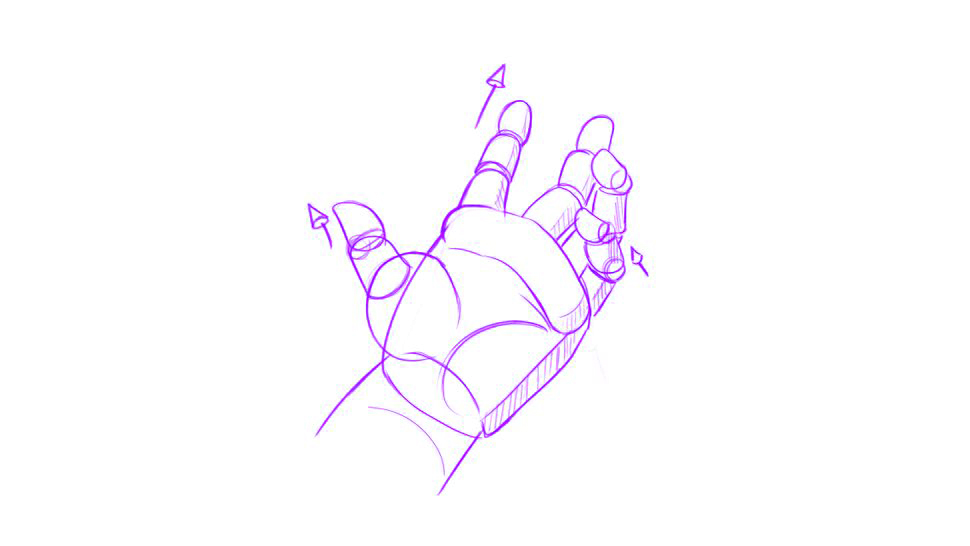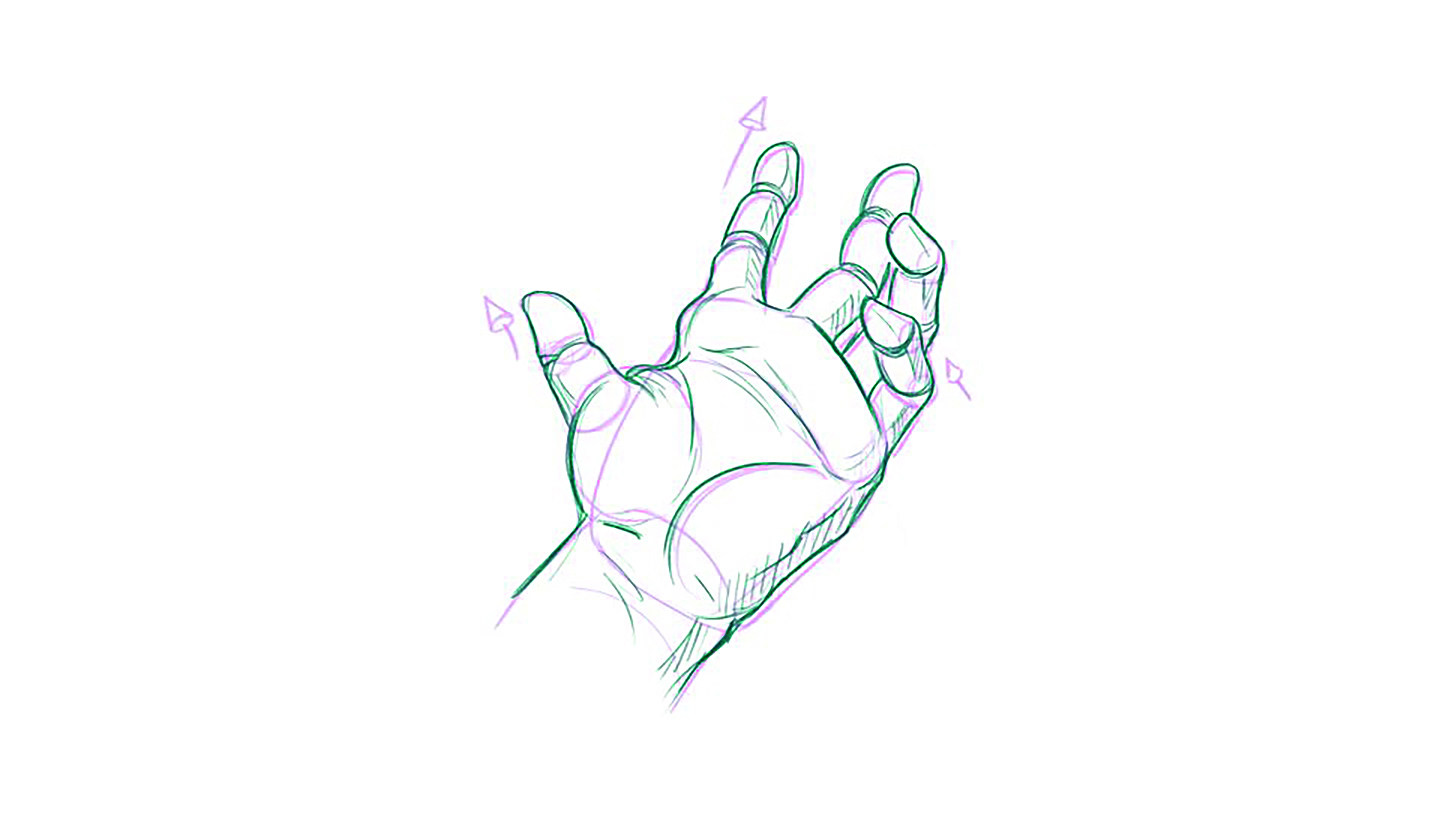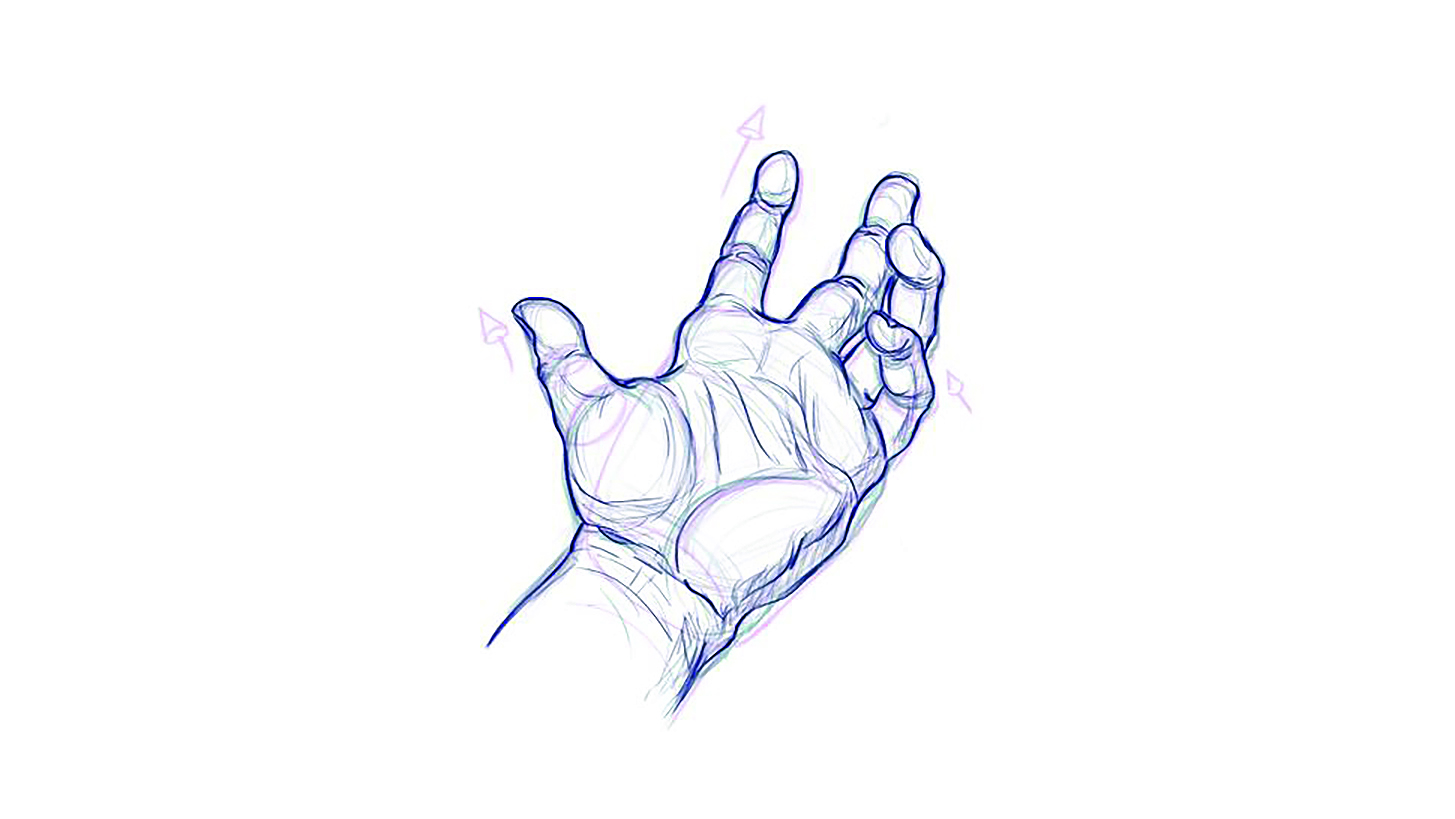Learn these easy steps to draw detailed hands
Brynn Metheney shares her advice for sketching hands with accuracy.
Drawing hands can feel daunting, but the key is to break down their complexity into simple, repeatable rules. Whether you're sketching from a model or straight from your imagination, understanding these fundamentals will make the process easier.
While hands are famously tricky to master, a few pro tips and sketching techniques can help you capture them with confidence. In this tutorial I break the hand into shapes for a more refined and realistic style, this process makes a complex drawing easier to execute.
If you find this tutorial helpful then you'll like Kate Oleska's tutorial on how to master gesture sketching. While a good way to practice can be to use the best drawing pencils for artists, these tips can be transferable to the best digital art software using the best drawing tablets.
01. Looking inside the hand

The human hand comprises bones, tendons, and lots of connective tissue, plus muscle and fat. It’s a strong and flexible appendage. Getting to know how it’s formed and how it works can really help you learn how to draw hands. It can be helpful to sketch out skeletal studies of human anatomy in general, but when learning how to draw hands, a lot of the form we know is lost at the skeletal level. However, if we overlay a surface view on top of the skeletal view, we can begin to appreciate where the skeleton sits within our hands.
02. Breaking the hand into shapes

You can lay in broad shapes over the skeletal view in order to build the hand. Use a flattened wedge-like shape for the palm; rectangles for the digits and a teardrop shape for the thumb. You can use the skeletal image above as the basis for this step. When learning how to draw hands, simplifying the forms like this will help to remove the pressure of rendering out a perfect hand from the start. From here, you can begin to fill out the shapes into 3D forms to help build the hand and pose it in perspective.
03. Building the hand in 3D

Now it’s time to develop the forms to make the hand drawing feel more 3D. Here, our flattened-wedge palm gains another dimension, as the fingers become cylinders and the joints become spheres. We’ll call this view of the hand the planar view.
By drawing through our forms, we can show volume, as you can see in the palm pads. This is also a good time to work on your proportions and placement. Notice how the palm is about as long as the middle finger, indicated by the green lines here. Remember that the fingers are never the same length or perfectly straight; what sells this is imperfection.
Note the blue lines indicating the angle at which the fingers end. We can also see that the middle finger stems straight from the middle of the hand. Paying attention to these proportions will help you ensure your hands look natural and accurate.
04. Posing the shapes

Once you’ve drawn a 3D version of your first hand, why not try out some different poses? By breaking up the hand into simpler forms and using contours to explore volumes, you can start to arrange the hand in different poses without worrying too much about the details.
You can use your own hands as a reference, but use the planar view to help keep it simple. This is another way to get quick poses that don’t rely on detail. In creating this tutorial, I found myself looking at my two hands quite a bit. However, if you need to use your own hands for the sketching, you might need to ask a friend or family member to help you out.
Note the small diagram of the cylinder and sphere above. Fingers can be unruly at times, so it’s often best to keep them simple and utilise 3D shapes to represent them at this stage.
05. Getting started with planes

Once you’ve had some fun with posing, pick out a pose that you like and, using your own hand as a reference, draw the hand in the planar view. In the sketch above, the little cones indicate which way the cylinders are travelling. This can help you to keep a grasp on where the curves of the cylinders need to bend.
Again, we want to keep it simple at this stage and not worry about the details. You want to capture proportion, perspective and volume. Keep in mind that it’s important to work lightly at this stage if you’re using pencil.
06. Finding gesture and forms

If you’re working traditionally on paper, be sure to start out light and gradually build up volume and forms with heavier lead only as you get to the end of your study. Meanwhile, if you're working digitally, you can simply knock back the opacity of the planar drawing here to begin to find the forms you see on your own hand.
From here, you can use the planar view as a guide to help lay in the forms of your hand as you look at it. Be careful to take note of how the forms curve around each other, and also bear in mind the silhouette of your hand. In the example above, you can see where I’ve deviated from the pink line and instead used it as a guide to find where the forms turn in space.
07. Beginning to lay in the detail

Now you can either push back the first two layers,or switch to a heavier lead to begin to lay in those details.You can see how helpful the construction of both the planar view drawing and the gesture drawing really help us to place details like the wrinkles and creases in the hand. We can also begin to place the fingernails and render out the side of the palm.
This content originally appeared in ImagineFX magazine, the world's leading digital art and fantasy art magazine. ImagineFX is on sale in the UK, Europe, United States, Canada, Australia and more. Limited numbers of ImagineFX print editions are available for delivery from our online store (the shipping costs are included in all prices).
Daily design news, reviews, how-tos and more, as picked by the editors.

Brynn Metheney specialises in creature design, fantasy illustration and visual development for film, games and publishing. She lives and works in Oakland, California.
You must confirm your public display name before commenting
Please logout and then login again, you will then be prompted to enter your display name.
